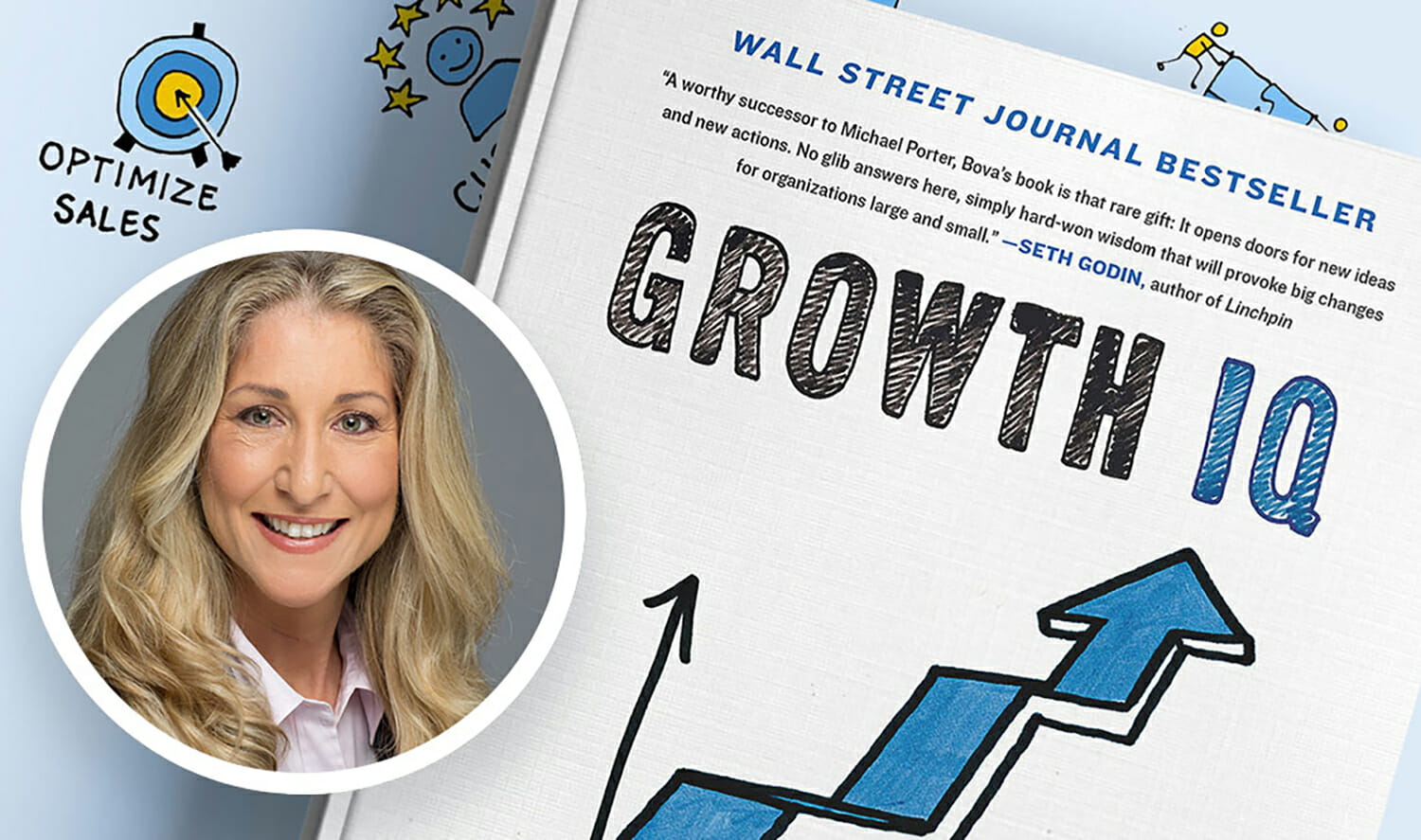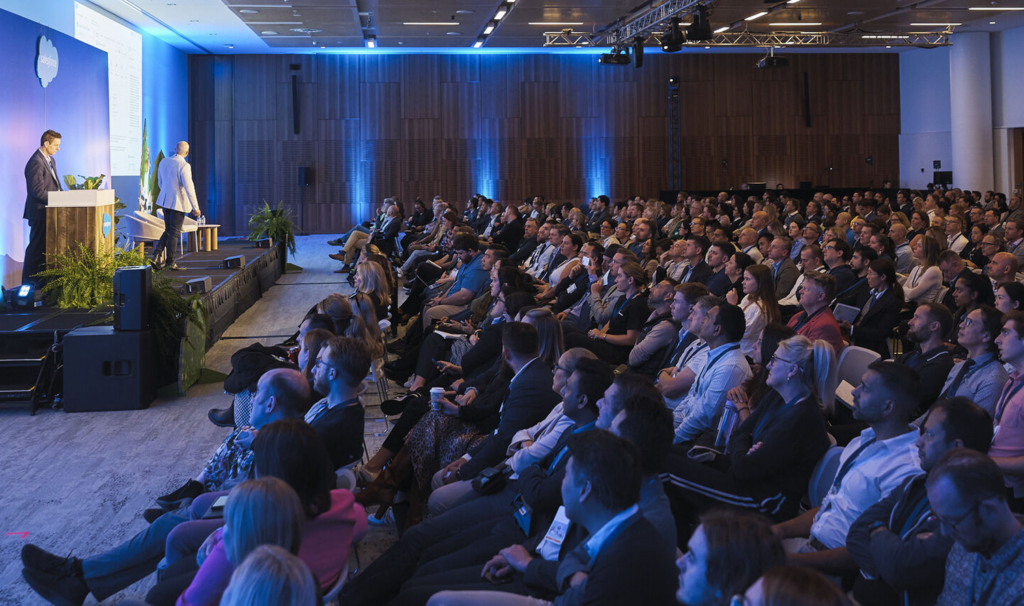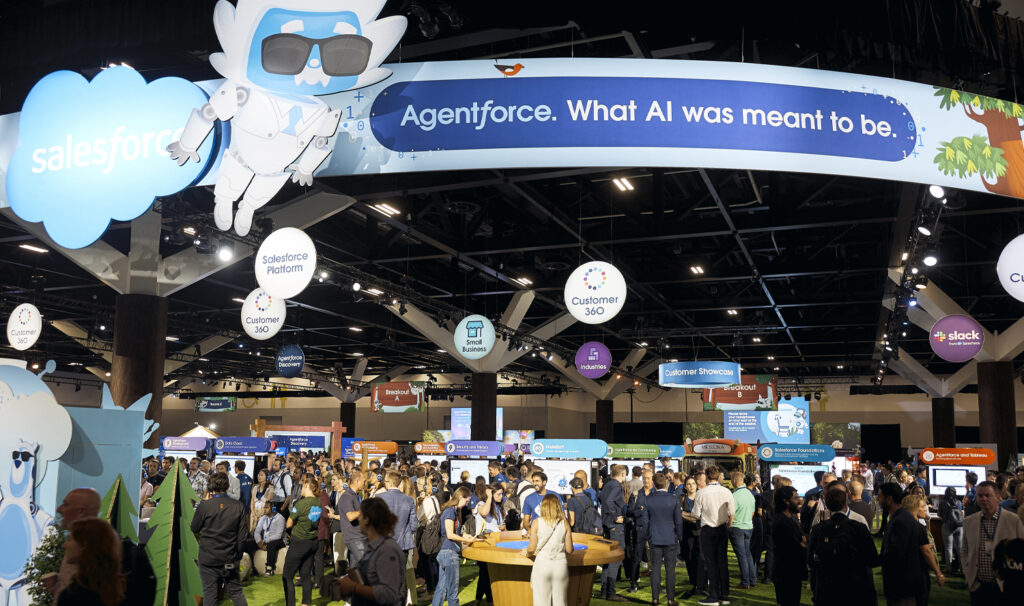If you were to run a side-by-side comparison of the business landscape 18 months ago versus now, the pictures would barely resemble each other.
The work-from-anywhere world may have emerged due to necessity, but it’s here to stay.
To navigate rapid change and serious challenges, many organisations have needed to stay laser-focused on their customers’ needs. Often, this involves transforming to create new operational efficiencies and strengthen customer loyalty – at a time when it feels like customer loyalty is waning and there’s less room than ever for operational error. But, with employee wellbeing and remote work emerging as equally critical discussions during the pandemic, it might feel difficult to balance each priority.
What tends to get less discussion is how interrelated these priorities actually are. As international sales expert Tiffani Bova has put it, “The fastest way to get customers to love your brand is to get your employees to love their job.”
Recently, Tiffani explored some of these topics during “Making the Revenue Connection: Best Practices for Growth.” Joining her on the panel were DocuSign’s Dan Bognar and Salesforce’s Clyde Fernandez, who shared important insights on how to get back to growth, tame revenue operations and navigate talent shortages.
But Tiffani’s points underscore the crucial relationship between employee experience and customer experience. Let’s take a look at why that relationship matters and how it’s impacted by revenue operations.
It starts with understanding and improving employee engagement
We know that customer expectations have changed dramatically, but so too have those of the employee.
“The reality is that the employee expectation has changed tremendously over the last 18 months. What might have been perks in the past are no longer even relevant,” Tiffani explained. “Now it’s about how do we collaborate and communicate internally? How do we make sure that projects continue moving forward if we can’t be in the same room together?”
She went on to note that, not only do we need to ensure that physically dispersed employees are connected, but that they are able to do their work under the new normal. This includes being well-trained and empowered to satisfy the changing parameters of their roles, as well as engaged with the wider team despite increasingly individualised circumstances.
Pushing for productivity and productivity alone can be unwise. This might even stymie growth and profitability (not to mention talent retention). The more engaged the employee, the better they can carry out their specific role and the more likely your company is to win customers with seamless experiences and first-rate service.
While retention is a common goal for almost any organisation, it’s not always treated that way in practice. Many times, technology or strategy is prioritised first, with the expectation that people can then be reverse-engineered into this new vision.
Instead, leaders are better off starting with people first and working backwards from there. What are employees’ biggest pain points? Where do these pain points bleed into customer experience? Which solutions are most likely to remove barriers and break down silos, for both employees and customers?
Letting the research do the talking
Many of Tiffani’s points were backed by her own observations and broader evidence. Through Salesforce, she partnered with Forbes Insights to conduct research on this equation. The results showed that brands realise 1.8x better growth rates when they facilitate not only strong customer experiences but also strong employee engagement. The two feed each other and, when combined, become a multiplier for growth.
Ultimately, an informed and empowered employee is more likely to be satisfied and also better equipped to boost customer satisfaction. Say an unhappy customer calls into your call centre and is met with an engaged employee who has all the tools and information they need to solve the problem. That employee is far more likely to turn the unhappy customer into a happy one in a very short space of time, while also feeling a sense of personal success.
In other words, both parties win.
A bridge between departments, teams and people
It’s all very well and good to talk about meeting employee expectations with empowerment and engagement, but that’s infinitely harder if an organisation is disconnected internally. The less each department operates as an island, the less friction employees are likely to feel in their day-to-day work — which has knock-on effects for customers.
At one point, Tiffani pointed out that it’s popular to conclude that bringing together an organisation and refining processes requires ‘breaking down’ of silos – and that she had said this herself before. And, while she said there’s still a lot of value in breaking down silos, her thinking has shifted somewhat.
“There’s value in the silos. Sometimes areas like finance, legal or HR need to sit in their own silo for obvious reasons. Don’t break down all silos completely, because they’re sometimes necessary. Instead, look to build really strong bridges between them.”
That’s where a revenue operations model comes in. Successful RevOps will see that every person in an organisation has the ability to affect revenue generation — from sales, to marketing, to customer service, to administration, to service people out in the field. The stronger the relational and procedural connection between all departments, teams and individuals, the more engaged the individual. Bottlenecks dissolve and deals can be turned over faster, driving growth sustainably and empowering employees to continue making further improvements.
Engagement is not only about the work, but life too
Tiffani touched on another factor that influences employee engagement, one that’s perhaps more relevant than ever: how employees feel about your organisation. For a growing number of employees, inner satisfaction doesn’t come only from doing a job well, but from a sense of meaning.
Employees are now more comfortable with asking deeper questions of an organisation, such as “do their values align with my own?”, “do I like their approach to sustainability and diversity”, “do they truly care about me and my ability to be my best, authentic self?”
For leaders, this can feel a little uncomfortable, as these elements aren’t always measurable in data and are therefore harder to approach in a single clear and actionable way. But the fact of the matter is that the shifting employee mindset is a natural evolution and understanding it – what works for your people and what doesn’t – is an essential ingredient to connecting employee happiness with revenue growth.
To hear about more insights from Tiffani Bova and to stay ahead of the curve, watch “Making the Revenue Connection: Best Practices for Growth” on demand.






